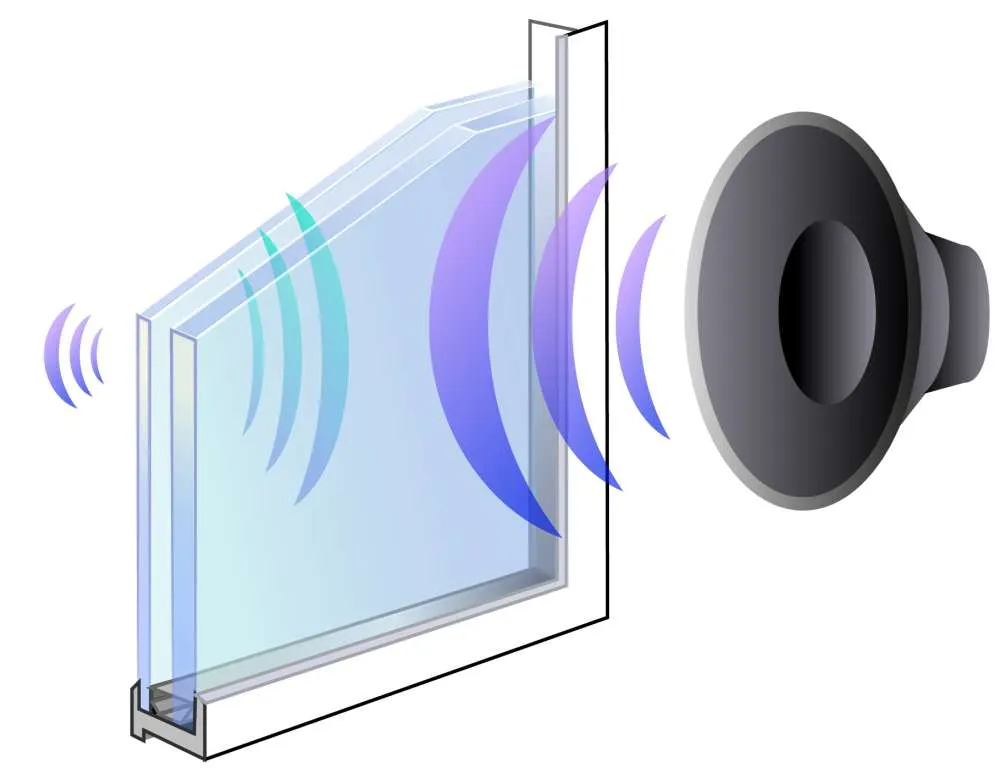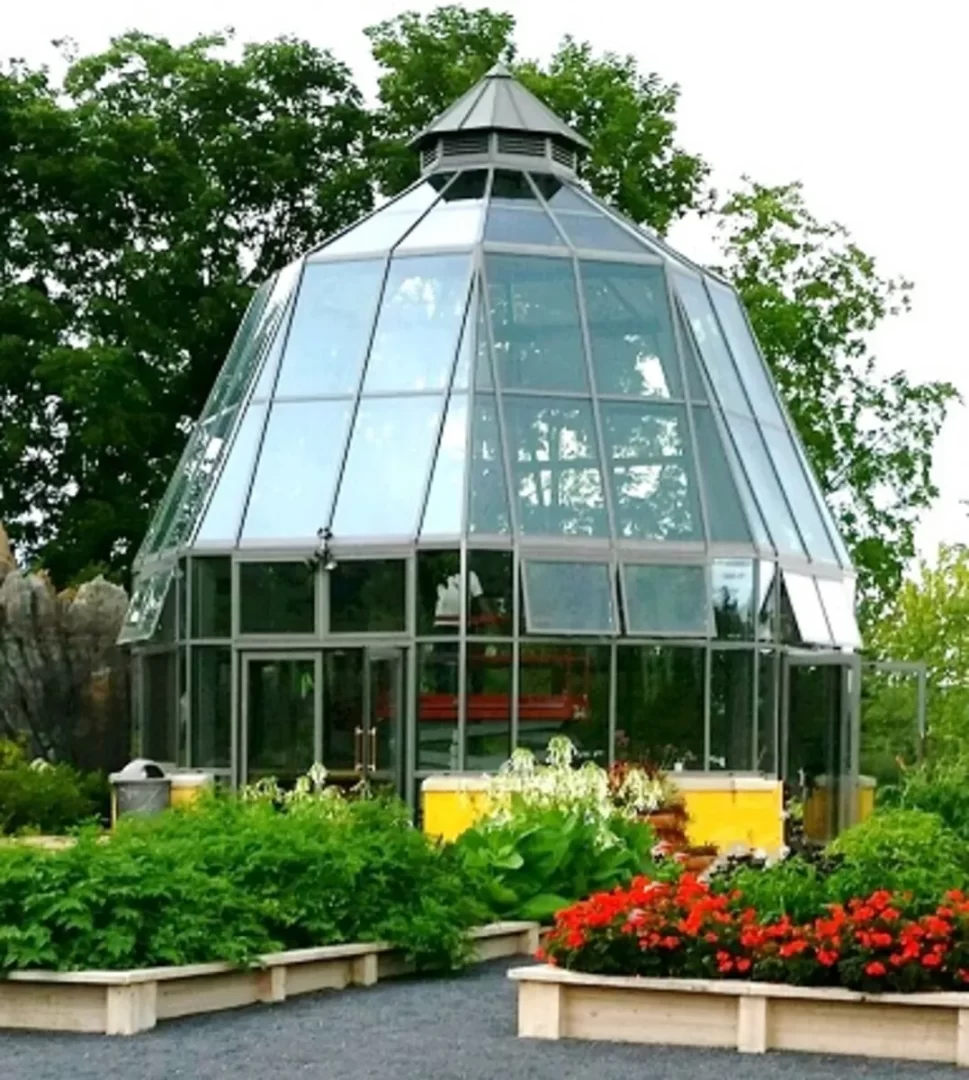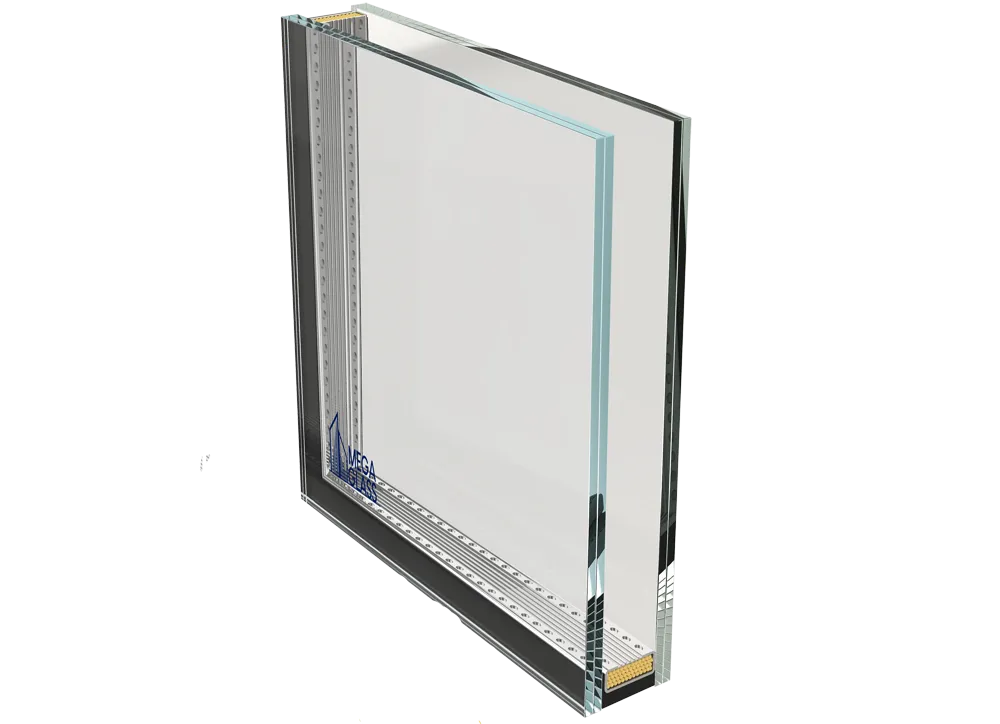What is the Use of Insulated Glass? Energy Efficiency
What is the use of insulated glass? In today’s world of architecture and construction, innovations continually redefine the boundaries of what is possible. One such innovation that has transformed the way we design and construct buildings is insulated glass.
Insulated glass, also known as double-glazing, has revolutionized the construction industry.
Comprising two or more panes of glass separated by a hermetically sealed airspace, this technology offers numerous benefits. Let’s delve into its various uses and advantages.

What is the Use of Insulated Glass?
Insulated glass serves a multitude of purposes across different industries and applications. Here’s a closer look at some of its primary uses:
1. Energy Efficiency Enhancement
In an era when sustainability is paramount, insulated glass plays a pivotal role. It’s a common choice for windows and facades in residential and commercial buildings.
By providing superior thermal insulation, it reduces heat transfer, helping to maintain comfortable indoor temperatures. This, in turn, leads to significant energy savings and reduced utility bills.
2. Noise Reduction

If you reside in a bustling urban environment or run a business in a noisy area, insulated glass can be a game-changer.
The sealed airspace between glass panes acts as a sound barrier, minimizing external noise intrusion. This promotes a quieter and more peaceful living or working environment.
3. Condensation Control
Insulated glass effectively controls condensation, which can lead to mold and mildew growth. The insulating airspace prevents the inner glass from getting too cold, reducing the likelihood of moisture buildup.
This is especially valuable in humid climates or areas prone to temperature fluctuations.
4. Safety and Security
Incorporating insulated glasses in windows and doors enhances security. Its multi-layered design makes it more challenging for potential intruders to break through.
Additionally, it reduces the risk of injury in case of glass breakage, as the broken pieces adhere to an inner layer, similar to a car windshield.
5. Solar Control
Insulated glass can be engineered with specialized coatings to control solar heat gain. This is particularly advantageous in regions with intense sunlight.
The glass allows natural light to enter while blocking a significant portion of the sun’s heat, thereby reducing the need for excessive air conditioning.
6. Aesthetic Enhancement
Beyond its functional advantages, insulated glass offers architectural versatility. It allows for larger and more expansive window designs, creating visually stunning facades and panoramic views.
Architects and designers often utilize insulated glasses to achieve modern, sleek aesthetics.
7. Greenhouse and Conservatory Construction

For horticultural enthusiasts and commercial greenhouse operators, insulated glasses is a boon. It provides an optimal environment for plant growth by regulating temperature and humidity.
The transparency of the glass also ensures that plants receive an abundance of natural light.
8. Museums and Art Galleries
Preserving valuable artifacts and artworks requires maintaining stable environmental conditions. Insulated glass aids in this endeavor by offering precise control over temperature and humidity levels.
It protects priceless treasures from deterioration due to fluctuations in climate.
Conclusion
In summary, insulated glasses is a versatile and indispensable technology with a wide range of applications. From energy efficiency and noise reduction to safety and aesthetics, it offers numerous advantages.
Whether you’re designing a modern home, a commercial building, or a greenhouse, insulated glass can significantly enhance your project.
So, the next time you ask, “What is the use of insulated glasses?” remember that its potential is as expansive as your imagination.
READ ALSO!!!





